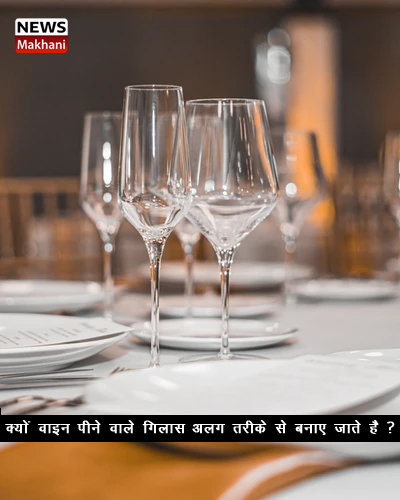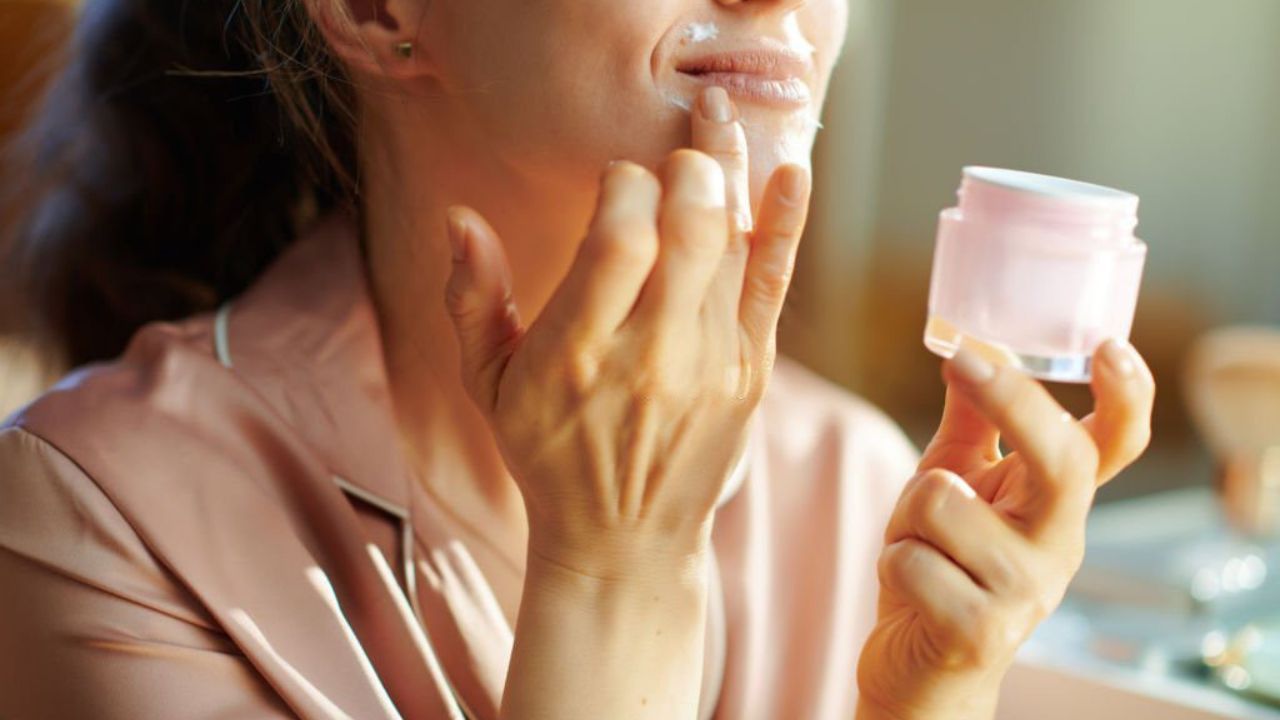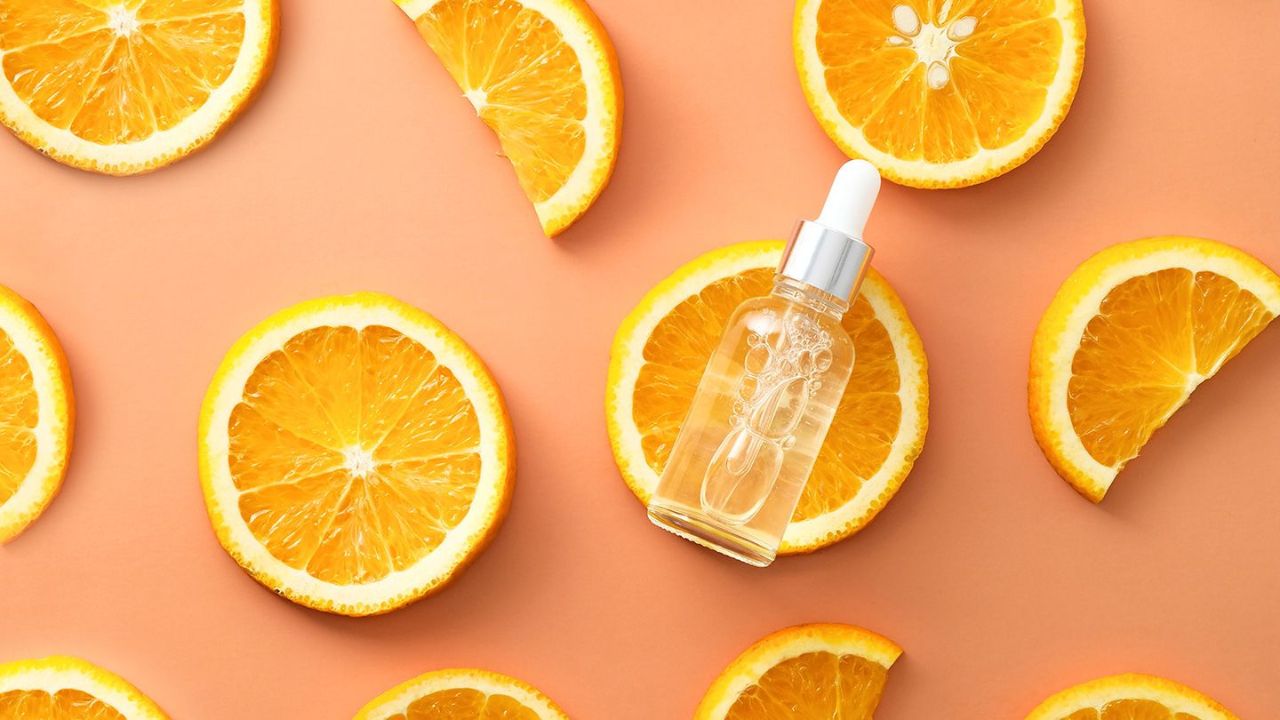Wine glasses are stemware. They have four essential parts – legs, stems, bowls and sides:
Leg
Starting at the base, the foot is there so you have something to hold the glass down. It should be flat around the edges, so that the glass remains fixed while placeddown.
Stem
Next, you have the stem to hold. It does not heat the wine with the warmth of your hands (even red wines should be served a little colder – somewhere in the range of 62 and 68 Fahrenheit, or at 12–18 ° C) .
The Bowl
The most important aspect of a wine glass is the bowl. This is where wine goes! As the outline above suggests, you should not fill the bowl on top – 5-6 ounces (about 180 ml) is usually pouring for a drink ( in the event that you are only tasting ; at that point; pour only 1–2 ounces, or about 50 ml). There are a variety of glasses for different types of wines, however and larger you will discover 4 types – a type of tulip moulded Bordeaux glass (proposed for heavy, dry reds), a more elaborate chopped Burgundy glass (for lighter Schematic, more sweet-smelling reds), lightly littler white glasses (normally moulded like a slight Bordeaux glass, used for white wines), and champagne flutes (long, thin glasses, that add sparkle to alcohol). As a rule, if you are buying glassesand can have just one type, go for a Bordeaux glass; It is the most useful of the four.
The Sides
Edges on wine glasses are fundamentally made in two ways – complete, and adjusted. The adjusted edges are the same as what you find in a modest wine glass, they are the glass that surrounds the entire edge. The adjusted edges are slightly stronger, while the finished ones feel better against your lips and allow a smooth stream of wine to pour into your mouth.

 हिंदी
हिंदी






